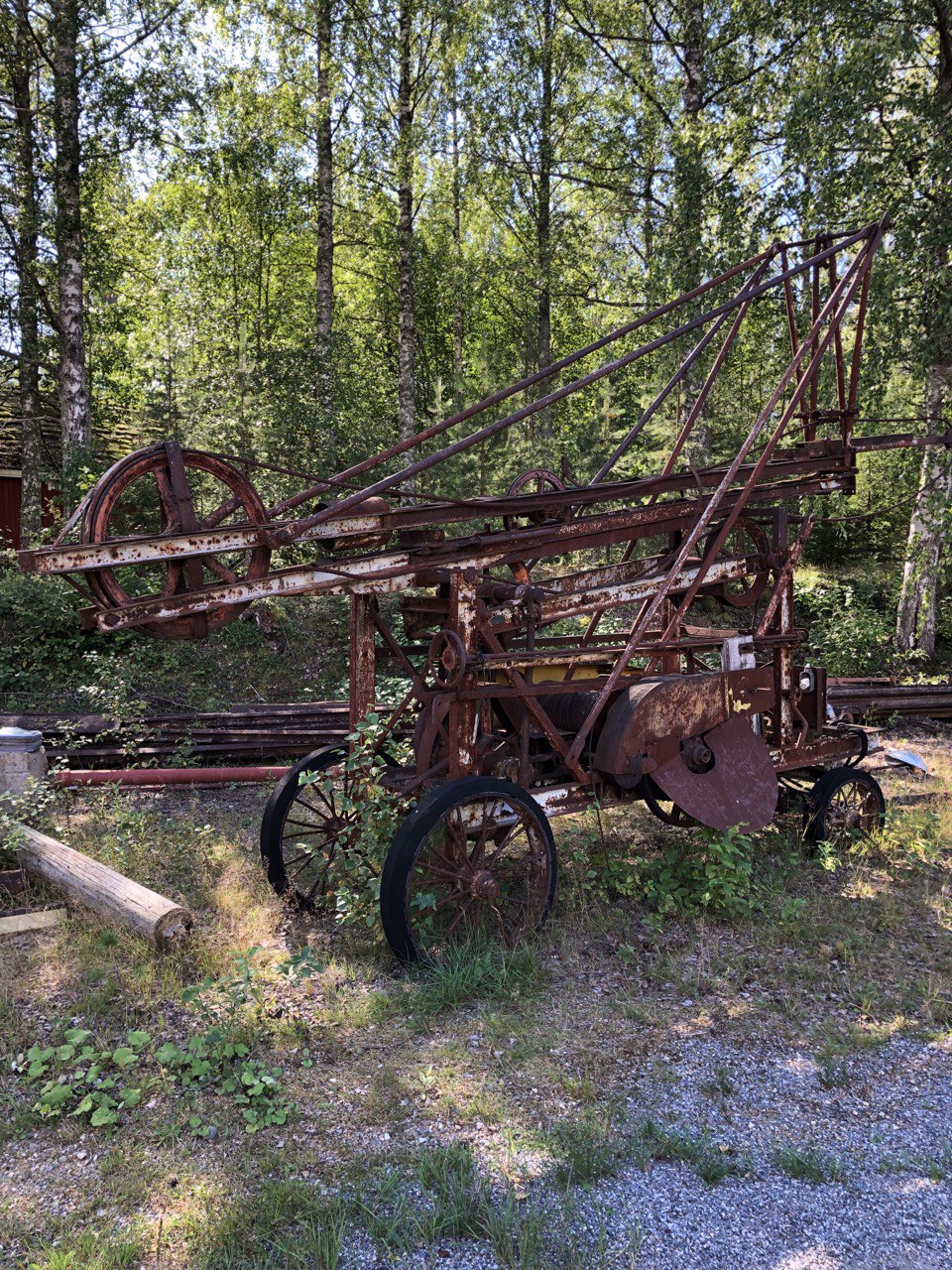Evere heard of “useless machines”?
The “useless machine” is a concept theorized and used by the Italian sculptor Bruno Munari as the title for a series of sculptures that began in the 1930s and continued until the late 1960s. The introduction of movement, a new parameter for an art until then considered exclusively static, it makes these works fundamental for understanding the new paradigm of kinetic art. The movement of objects, activated by internal gears, by wind or water, modifies the observer’s perception of shape; the motion of the observer itself, the simple change of perspective, is functional to an ever new experience of the object. In the definition of its creator, useless machines “are nothing more than colored movable objects, specially designed to obtain that particular variety of combinations of movements, shapes and colors. Objects to look at as you look at a moving complex of clouds after spending seven hours inside a useful machine factory. The first useless machines were more complicated and with limited movements, while the latter, simplified, find their motor in natural phenomena, such as air displacements, sudden changes in temperature, humidity, light and shadow, etc., assuming the aspect of its own life comparable to the movement of the grass in a field, to the changing of the clouds, to the rolling of a stone in a stream. There can be very slow or very fast machines, with an infinite variety of movements, garden machines, home machines, hanging from the ceiling, floating in a pond, table, terrace and perhaps pocket machines.” The important thing is that they are absolutely useless.
And yes, musical useless machines are also possible!
This month I worked on my last musical “useless machine”, for Kaivos festivaali 2024, which closes a cycle of five pieces (the fourth useless machine was played here last year by the Kuopio Symphony Orchestra’s Brass).
I studied the acoustics of the places and the possible spatialization of the instruments in the Kiisu Theater.
The close contact with the place of performance significantly influences the entire creation process, so the work has been conceived as “site-specific” as possible.
I am very thankful to everyone at the Old Mine for giving me this opportunity!
Besides, an old mine is already a wonderful useless machine in itself, and what could be better than letting another useless machine play inside it?



